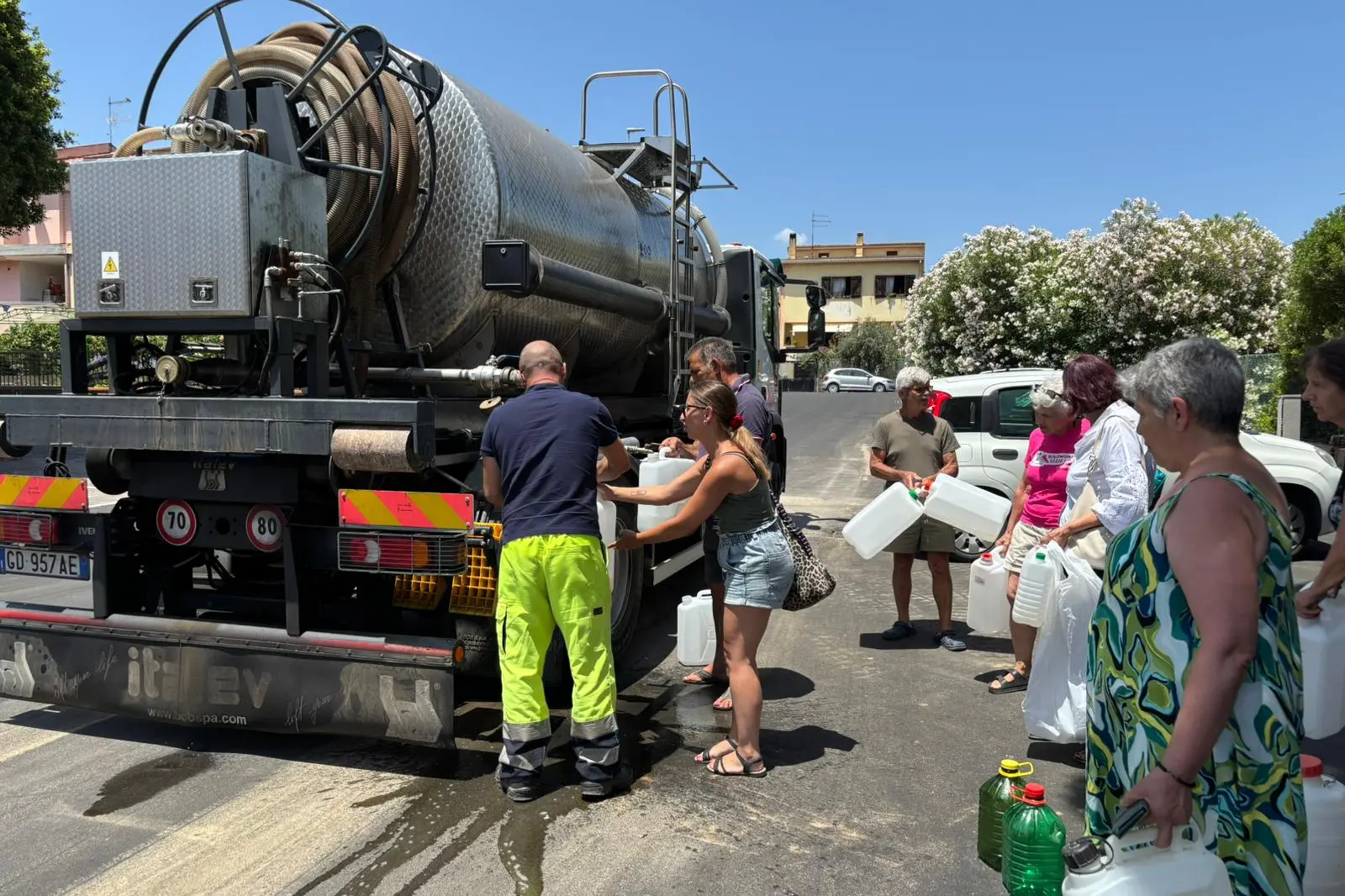Abbanoa confirms: «Non-potable water from Sarroch to Domus de Maria»
The communication arrived in the evening. Residents and tourists are still waiting for the full restoration of the servicePer restare aggiornato entra nel nostro canale Whatsapp
Confirmation arrived in the evening: the water, from Pula to Sarroch, is not drinkable. This was communicated by Abbanoa itself, after days of waiting and requests for clarification from the mayors of the area. A situation that the mayor of Pula defined as "extremely inconvenient" and that is creating difficulties for thousands of residents and tourists also in the municipalities of Sarroch, Villa San Pietro and Domus de Maria.
As stated in the press release, "in order to certify the qualitative restoration of the water produced at the Sarroch water purification plant, the Abbanoa analysis laboratory performed an extraordinary sampling on June 27, 2025. The results initially revealed compliance with the expected limits. However, over the weekend a new qualitative oscillation of the raw water occurred, which required the adjustment of the reagent dosages. A new assessment was carried out today, while monitoring of the entire aqueduct is planned for tomorrow." A false alarm therefore, which however gives hope for the restoration of the water service.
Meanwhile, the water emergency continues to create major inconvenience among citizens and tourism entrepreneurs. The taps are not dry, but the water can only be used for hygiene and sanitary purposes. The distribution of drinking water has been guaranteed through tankers, but the critical issues remain and come at the worst time of the year: with the tourist season in full swing and high temperatures.
The areas affected – Pula, Villa San Pietro, Sarroch and Domus de Maria – are among the most frequented on the south-western coast of Sardinia. The origin of the problem dates back to a fault in the Tecnocasic pipeline, along the line that supplies raw water to the industrial area of Sarroch and the “La Tavernetta” water purification plant. The critical values concern in particular the turbidity and the concentration of manganese.
(Unioneonline/vf)
